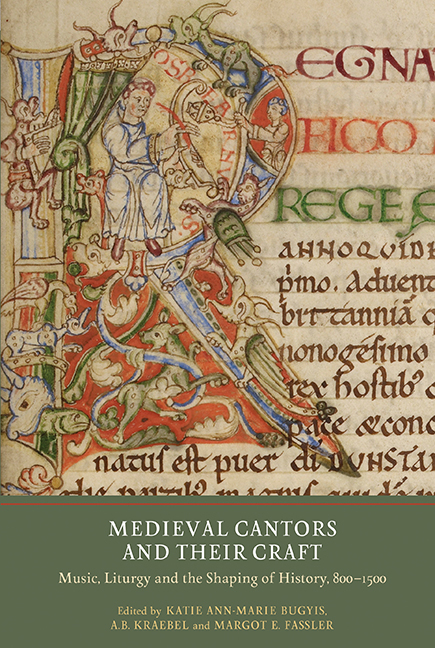Book contents
- Frontmatter
- Dedication
- Contents
- List of Illustrations
- Contributors
- Acknowledgments
- Abbreviations
- Miscellaneous Frontmatter
- Introduction
- PART I The Carolingian Period
- PART II The Eleventh Century
- PART III England in the Twelfth Century
- PART IV On the Continent: Five Case Studies
- Index of Manuscripts
- General Index
- Miscellaneous Endmatter
Introduction
Published online by Cambridge University Press: 25 October 2017
- Frontmatter
- Dedication
- Contents
- List of Illustrations
- Contributors
- Acknowledgments
- Abbreviations
- Miscellaneous Frontmatter
- Introduction
- PART I The Carolingian Period
- PART II The Eleventh Century
- PART III England in the Twelfth Century
- PART IV On the Continent: Five Case Studies
- Index of Manuscripts
- General Index
- Miscellaneous Endmatter
Summary
‘History’, as it was understood by medieval Christians, was a broad concept with many meanings. It could be defined as a written record, compiled through processes inherited from classical Greek and Roman authors. But even when it proclaimed itself to be ‘factual’, the work of those who shaped the past in the Latin Middle Ages was different from that of their pagan ancestors. Although they often made claims about veracity, even when dealing with the miraculous, they did not ‘absolutize’ history (as de Lubac put it). Although they had a sense of universal history, time instead related to and unfolded within a framework conditioned by the Incarnation of the Word, and by the moral sense that this history-transforming event could impart to listeners and readers. The biblical orientation of history gave time a clear beginning and also predicted an apocalyptic end. But even as time moved relentlessly forward in this cosmic sense, the liturgy made it constantly spiral backward, rendering past sacred events present through ritual commemoration. Such liturgical celebration of time had many layers, mingled and arranged according to the calendar, with its varying and its fixed cycles of feasts, voiced through psalmody, readings from the Old and New Testaments and the lives of the saints.
How the past was known, both by individuals and within communities, varied from one specific local community to another, for the liturgy was ever changing, especially as new feasts, and feasts of new saints, were added to suit particular needs. Some knew about certain past events from what they read, as had long been the case, but in the Middle Ages many more knew about the past from various reenactments: ritual actions, dramatic productions, sermons and tales they heard about biblical characters and saints, encounters with art and architecture and from contact with shrines and relics.
Much of medieval history-making was thus memorial in nature, bringing the past forward, again and again, to recall its individual or communal significance. At the heart of the medieval Christian understanding of the past was a simple, foundational command from Christ: ‘Hoc facite in meam commemorationem’ [‘Do this in remembrance of me’] (Luke 22. 19).
- Type
- Chapter
- Information
- Medieval Cantors and their CraftMusic, Liturgy and the Shaping of History, 800-1500, pp. 1 - 6Publisher: Boydell & BrewerPrint publication year: 2017

